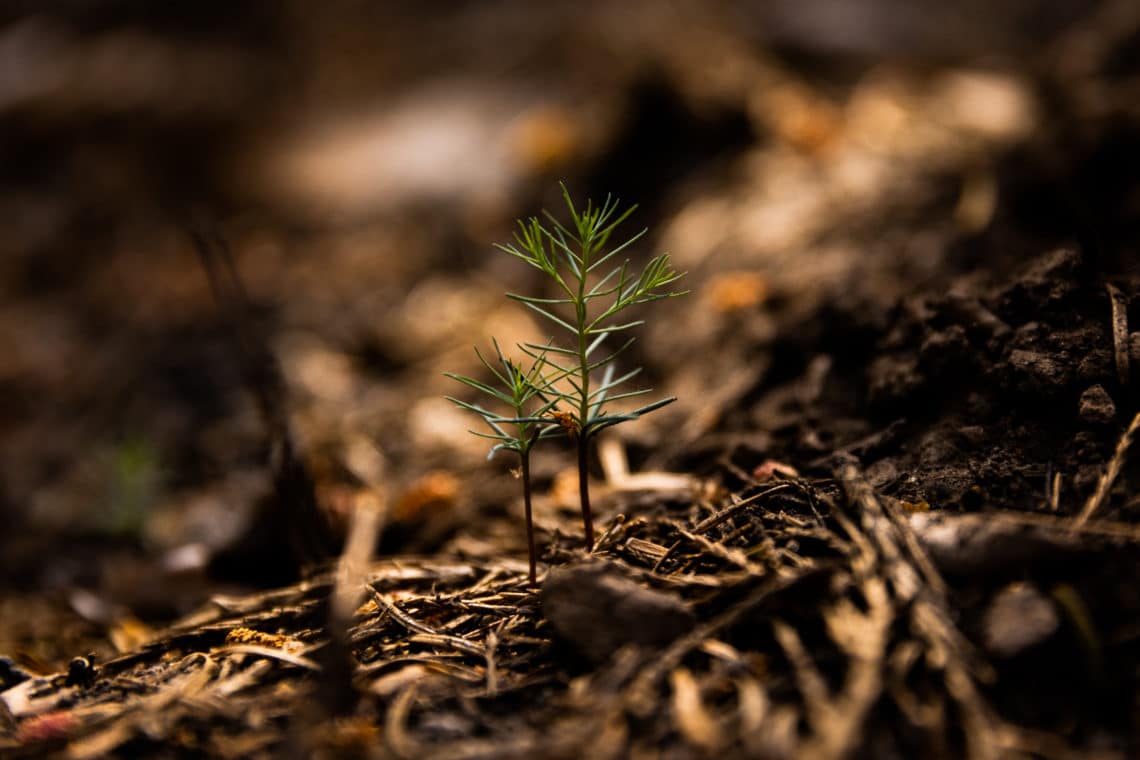
Frequently Asked Questions
What is a genome?
Put simply, a genome is an organism’s complete set of genetic instructions, and is comprised of DNA, the unique chemical code that guides growth, development and health. Each genome contains all the information needed to build that organism and allow it to grow and develop.
What is the Redwood Genome Project?
The Redwood Genome Project is a partnership of the League, University of California, Davis, Johns Hopkins University, University of Connecticut, and Northern Arizona University that seeks to use genetic information from coast redwood and giant sequoia forests to inform restoration. The project has produced public reference genome sequences for coast redwood and giant sequoia.
How will genetic information on coast redwood and giant sequoia forests impact restoration and conservation activities?
Forestry decisions made on both public and private lands alter the genetic diversity of coast redwood and giant sequoia populations and can hamper the forests’ ability to adapt to environmental shifts such as climate change. With genome sequencing and the genetic screening tools that we will develop, we’ll be able to rapidly assess forest genetic diversity to inform our management plans.
Is genetic research new for the League?
The genome project is our most ambitious genetic research program to date, but Save the Redwoods League has invested in genomic research since the 1990s. Genetic research will continue as a priority because genetics are fundamental to coast redwood and giant sequoia conservation.
What are the costs, and when will the project be completed?
The total cost of the project is $3.5 million. Completion of all work is expected by early summer 2022.
Why is low genetic diversity a major conservation issue?
A population of any species with low genetic diversity may be less resilient to stress caused by diseases, environmental changes, and other likely results of climate change. In such cases, there may not be enough individuals that can survive adverse events. In genetically diverse populations, however, individuals range significantly in their response to stress; the likelihood that tolerant individuals exist in the population increases. Therefore, a prime conservation objective for coast redwoods and giant sequoia is the protection — and if necessary, the enhancement — of forest genetic diversity.
What will a successful Redwood Genome Project mean for the League?
This project, along with other League-supported research programs. will continue to educate and inform our community about redwoods and help us protect these natural wonders forever. Additionally, after the project is complete, we will have the tools in hand to answer many critical questions about the redwood forests, including:
- Have past timber harvests inadvertently removed redwoods that may have been particularly well-suited for an era of climate change?
- Where have plantings of industrial clones replaced natural genetic diversity with low-diversity redwood groves?/li>
- Which redwoods harbor “survival” genes for drought, disease or pest resistance, and thus warrant a targeted conservation effort?